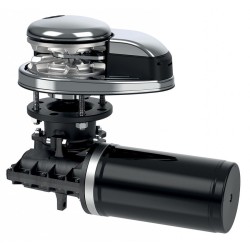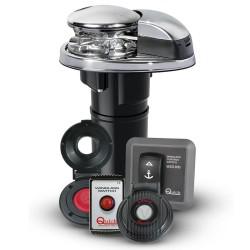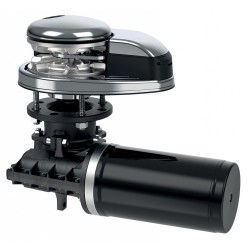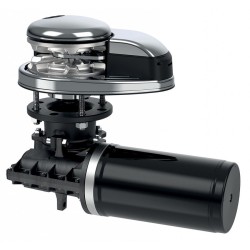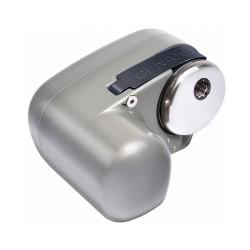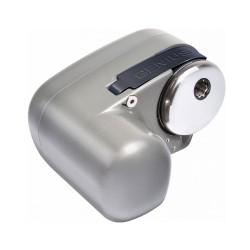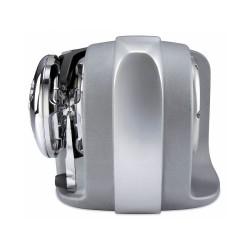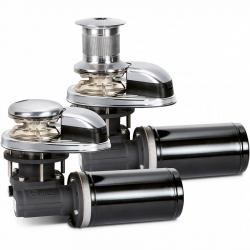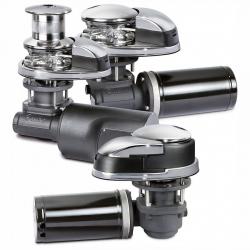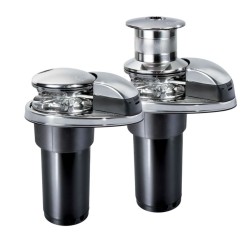Quick is internationally renowned for its superior-quality craftsmanship in the manufacture of Windlasses and Windlass controls for power and sailboats from 5 metres to 20 metres.
The Quick headquarters and factory is a modern, state-of-the-art production facility based in Ravenna, Italy.
Quick produces a range of vertical and horizontal axis windlasses with technically innovative switches and controls.
Quick Windlass production is at the forefront of manufacturing technology, with each component designed and tested by the specialist Quick engineering team.
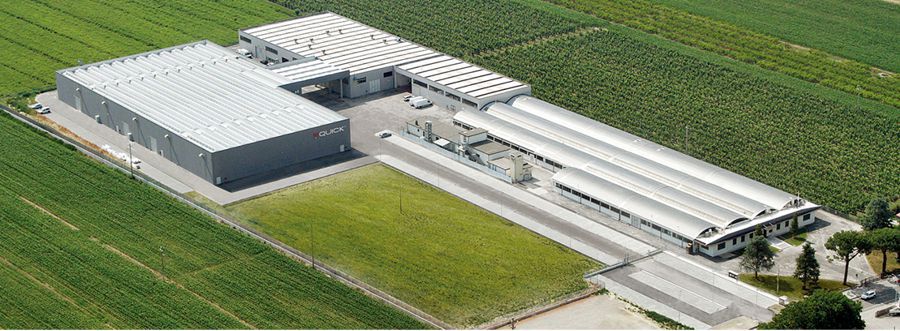
Quick Windlass Kits
Quick Windlasses are available from Jimmy Green Marine with a Quick recommended installation kit to simplify your selection and offer excellent value for money compared to buying an individual windlass with separate accessories.
Quick Windlass Kits comprise Genuine Quick Accessories and generally include the deck unit, motor gearbox, contactor unit (control box), base gasket, handle, windlass panel switch, hydromagnetic circuit breaker, assembly bolts and screws, drilling template, and user manual.
Quick Design Innovation
Each Quick Windlass results from careful research aimed at developing a range of innovative, technically advanced, state-of-the-art products.
Quick ECO Values: Cleaner Production
Quick Green Principles aim to reduce waste to zero by minimising the impact of all aspects of production.
This is achieved by investing in technological research and development to identify:
- Efficient use of resources
- Reduction in non-conformity issues
- Integration of advanced Computerised Numerical Control in-house production systems
- Cooperation with local supply chain partners
Quick Windlass Materials
AISI 316 stainless steel
AISI 316 is the primary material employed because it is the most enduring alloy when exposed to a marine environment.
Marine-grade stainless requires little maintenance, can be restored easily with a suitable cleaner, and is exceptionally versatile. This adaptability is demonstrated by the variety of production techniques that can be applied, e.g., fusion, mechanical processing and moulding, and aesthetic mirror polishing.
Stainless steel can be matched with anodised aluminium, composite nylon, or GRP (glass-reinforced plastic) to reduce weight without compromising strength or performance.
Hard Oxide Anodised Aluminium
Quick hard anodising is a minimum of 50 microns compared with the standard 20 microns. The extra protective coating enhances corrosion resistance and raises the dielectric constant, postponing the onset of any electrolytic reaction
Quick Windlass Facts, Features and Plus Factors:
Simple Gypsy Classification
Each standard gypsy is classified by a number from 1-9 to denote the size and calibration of the compatible anchor chain from 6mm to 16 mm. The classification denotes the size and calibration of the chain.
Gypsy Sizes 2 to 5 (6-14mm) are designed to work with a combination of 3-strand rope and calibrated chain due to unique internal notching and the additional rope puller (required)
Gypsies for rope and chain offer maximum functionality on windlasses fitted with a rope puller.
Combination Rope Chain Gypsy
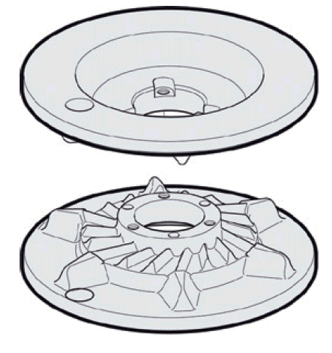 The combination gypsy features angled teeth to grip and release the rope
The combination gypsy features angled teeth to grip and release the rope
Chain Stripper
The chain stripper device allows the anchor rode to separate smoothly from the gypsy and fall into the anchor locker, preventing the rope from jamming.
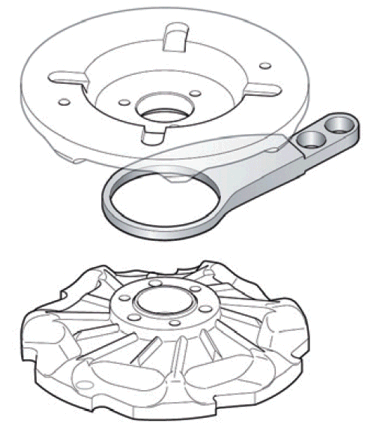
Free-fall device
Manual free-fall refers to the chain's natural dropping speed, which can be enabled by manually releasing the gypsy clutch.
Automatic Free-Fall is available on some models, which means it can be controlled electronically.
Chain Counter Magnet Sensor - installed as standard on all models
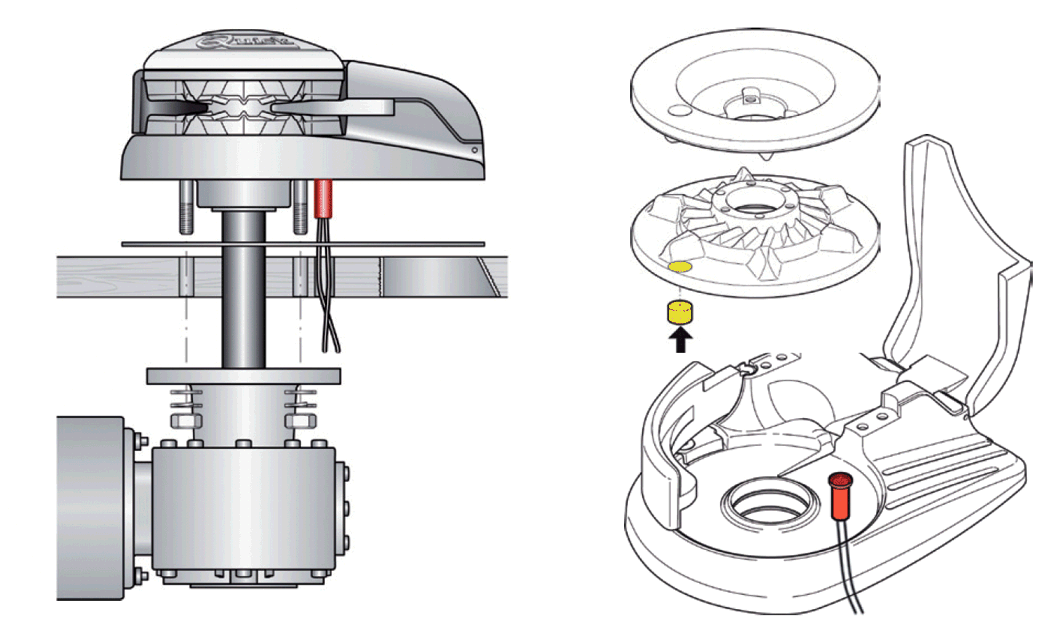
Pressure Lever - fitted as an integral part for any rope/chain combination gypsy windlass
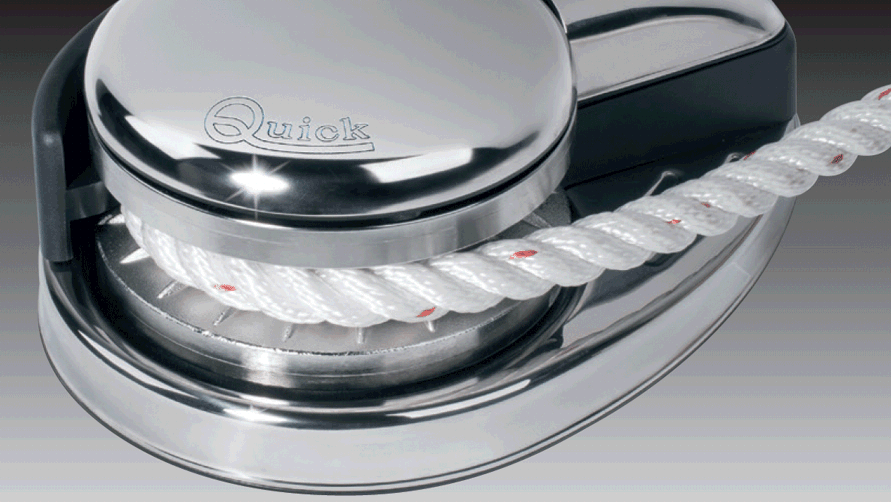
Inspection Lid – excellent innovation for maintenance and problem prevention
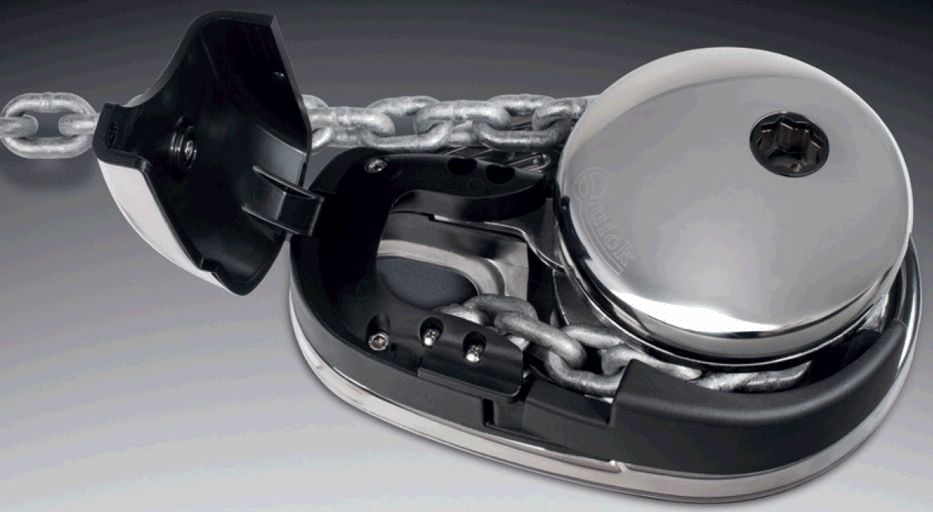
IP66/67 Water Ingress Protection
PVC FLEX gaskets deliver unfailing gearbox protection against water infiltration by allowing for any contours in the deck.
DC electric motors are protected with a watertight composite casing, gaskets, and sealed electrical cable outlets.
Multi-angle Motor-Gearbox, Installation
The gearbox can be fitted in different orientations to avoid any obstruction under the deck. Any position can be selected without hindering the chain's fall into the locker.
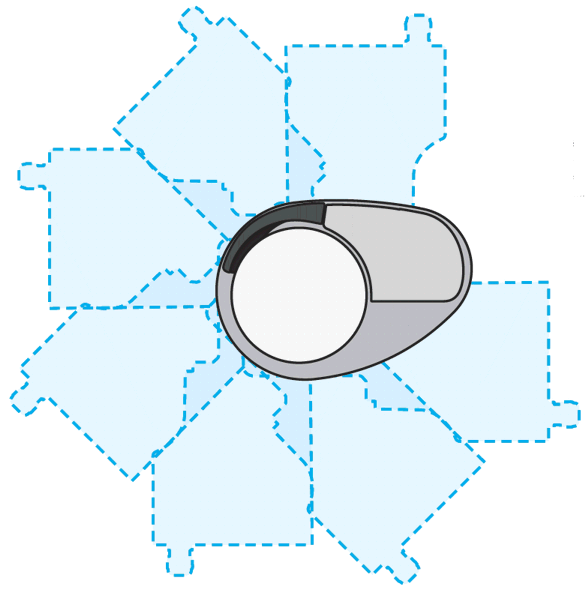
Selecting a Quick Windlass
The main factors to consider are:
- Yacht length and displacement
- Foredeck layout
- Chain locker space available
- Total weight of the anchor and the anchor rode (rope and chain)
Factors 1-3 determine the suitable overall size, deck footprint, and whether a horizontal or vertical axis windlass will be the best option.
Factor 4
- Add the weight of the anchor to the weight of the entire length of the rode.
- Chain weights approximately per metre are as follows
- 6mm 0.8kg, 7mm 1.1kg, 8mm 1.4kg, 10mm 2.3kg, 12mm 3.2kg
- Multiply the total weight by 4 to calculate the Maximum Workload
- Multiply the Maximum Workload by 3 to establish the Maximum Instant Pull in kg
- Maximum Pull occurs just before the anchor is released from the seabed - see illustrations below
- The power (wattage) required should be approximately equivalent to the Maximum Pull
For example:
- 10kg anchor with 50 metres 8mm chain weighs approximately = 80kg
- Maximum Workload = 80 x 4 = 320kg
- Maximum Instant Pull = 320kg x 3 = 960kg
- Power requirement: 1000 watts
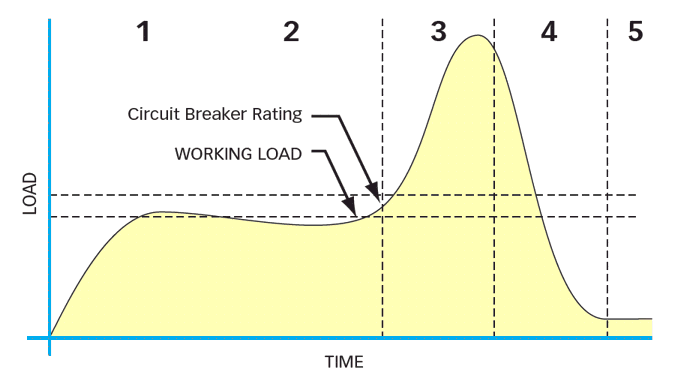

Quick Windlass Installation Requirements
Assess the layout and space on the foredeck to establish a direct line from the bow roller to the gypsy at the correct angle
Check the size of the anchor locker is sufficient to:
- Accommodate the quantity of rope/chain that will be stored - see note on fall-height below
- Allow the fitting of the motor gearbox (vertical windlass)
N.B. The distance between the underside of the deck and the accumulated chain must be at least 40cm.
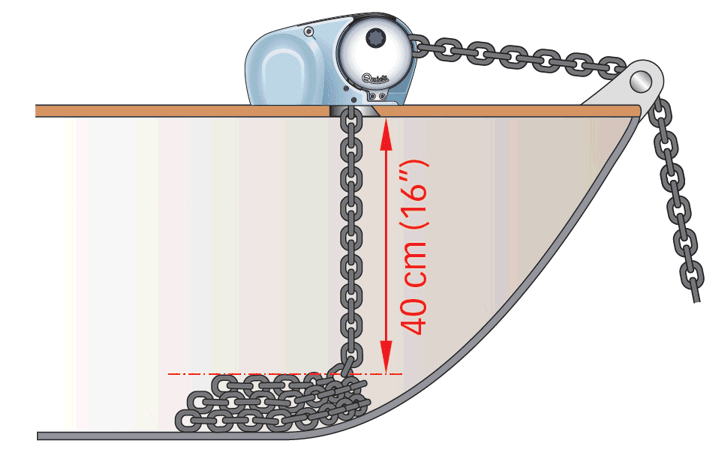

How to choose between a Horizontal or a Vertical Windlass
Horizontal:
- Simple installation - the entire unit is housed in the outer casing on-deck
- The chain is engaged with the gypsy for up to a quarter of the circumference (c 90°)
Vertical:
- Compact deck unit because the motor and gearbox are housed inside the chain locker
- The chain is engaged with the gypsy for up to half of the circumference (c 180°)
Quick Windlass Size Guide
Main Menu
Main Menu
Back
Main Menu
Back
Main Menu
Back
Back
Main Menu
Back
Main Menu
Back
Back
Main Menu
Back
Main Menu
Main Menu
Back
Main Menu
Back
Back
Back
Back
Back
Back
Back
Back







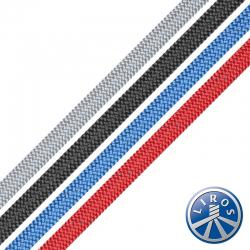
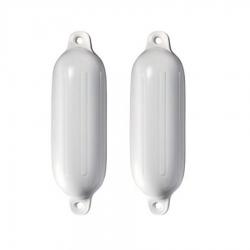

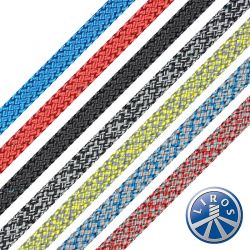
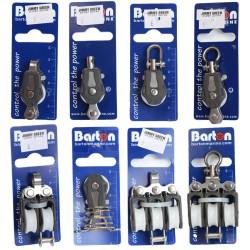
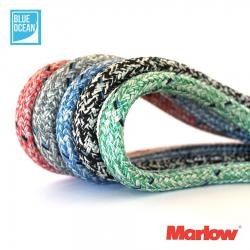

 The combination gypsy features angled teeth to grip and release the rope
The combination gypsy features angled teeth to grip and release the rope









